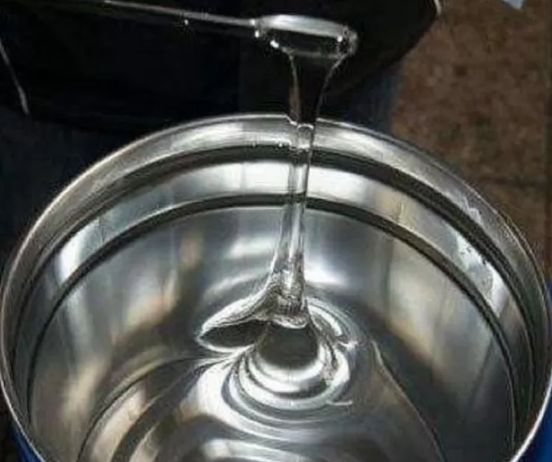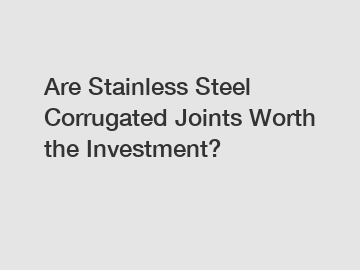What is the Difference Between Rubber Hose and Composite Hose?
In the vast landscape of industrial hoses, two materials stand out for their unique properties and widespread applications: rubber hose and composite hose. While both serve essential roles in fluid transfer, each possesses distinct characteristics that make them suited to specific industries and operating conditions. This article delves into the technical differences between rubber hose and composite hose, exploring their functional components, advantages, and future potential.
Hoses are integral components in various industries, from petrochemicals to agriculture, transporting fluids efficiently and safely. The choice between rubber and composite hoses often hinges on factors such as durability, chemical resistance, temperature tolerance, and flexibility. Understanding these differences is crucial for selecting the most appropriate hose for a given application.
Rubber Hose: Flexibility and Versatility
Rubber hoses are made from natural or synthetic elastomers, renowned for their exceptional flexibility and conformability. They come in a wide range of sizes, constructions, and reinforcements, making them versatile for a multitude of tasks. Key features include:
Flexibility: Rubber's inherent elasticity allows for easy maneuverability in tight spaces and around obstacles.
Abrasion Resistance: Reinforced rubber hoses can withstand significant wear and tear, particularly useful in abrasive environments.
Temperature Tolerance: Depending on the rubber type, these hoses can withstand a broad range of temperatures, from cryogenic to moderately high heat.
Cost-Effective: Generally more affordable than composite hoses, making them a popular choice for budget-conscious applications.
Composite Hose: Strength and Durability
Composite hoses, on the other hand, combine multiple layers of materials to achieve unparalleled strength, durability, and chemical resistance. Typically consisting of an inner liner, reinforcement layers, and an outer jacket, they excel in harsh environments:
See also:Exploring the Diversity of Rubber Stoppers in Pharmaceuticals
FKM vs Nitrile: Which material is right for your applications?
Demystifying Rubber Grommets: Understanding Their Origins, Significance, and Impact
Single-Phase Immersed Dielectric Coolant: An Advanced Cooling Solution
Key Questions to Ask When Choosing Between Braided Cable vs Standard Cable
4 Tips to Choose a Stainless Steel Hose vs Rubber Hose
Key Questions to Ask When Choosing CE Certification Stainless Steel Wire for Metal HosesChemical Resistance: The inner liner is often made of fluoropolymers or other highly resistant materials, enabling safe transfer of aggressive chemicals.
High Pressure Capability: Reinforcement layers, often made of aramid fibers or stainless steel, enable composite hoses to withstand extreme pressures.
Lightweight and Flexible: Despite their strength, composite hoses are often lighter and more flexible than metal alternatives, improving handling and reducing fatigue.
Temperature Stability: Many composite hoses can withstand extreme temperatures, making them suitable for demanding applications like steam transfer or cryogenic storage.
Practical Applications and Future Outlook
The choice between rubber and composite hoses ultimately depends on the specific requirements of the application. Rubber hoses are ideal for general-purpose fluid transfer, where flexibility and cost-effectiveness are paramount. Composite hoses, on the other hand, shine in demanding environments requiring high pressure resistance, chemical compatibility, or lightweight design.
As industries continue to evolve, the demand for hoses that balance strength, flexibility, and cost-effectiveness will grow. Advances in materials science and manufacturing techniques promise even more durable, efficient, and environmentally friendly hose solutions. Whether it's refining the properties of rubber compounds or developing innovative composite layers, the future of hose technology looks bright.
Conclusion and Action Call
In conclusion, rubber hose and composite hose each offer distinct advantages, tailored to meet the unique challenges of various industries. By understanding the functional differences and practical applications of these two hose types, businesses can make informed decisions that optimize their fluid transfer systems. As you consider your next hose purchase, consider the operating conditions, fluid properties, and long-term cost-effectiveness to choose the most suitable solution. Embrace the latest technological advancements and stay ahead of the curve by investing in hose systems that meet both your current and future needs.
How to Obtain CE Certification for Stainless Steel Wire?
Key Questions to Ask When Choosing a Desliming Cyclone
Maximizing Efficiency with Desliming Cyclones in Industry
4 Tips to Select a Reliable Abrasion Resistant Hydraulic Hose Product
How to Choose ODM Abrasion Resistant Hydraulic Hose?
How to Choose ODM All Sizes Hydraulic Hose?
How ODM Abrasion Resistant Hydraulic Hose Products Perform?
None
Related Articles











Comments